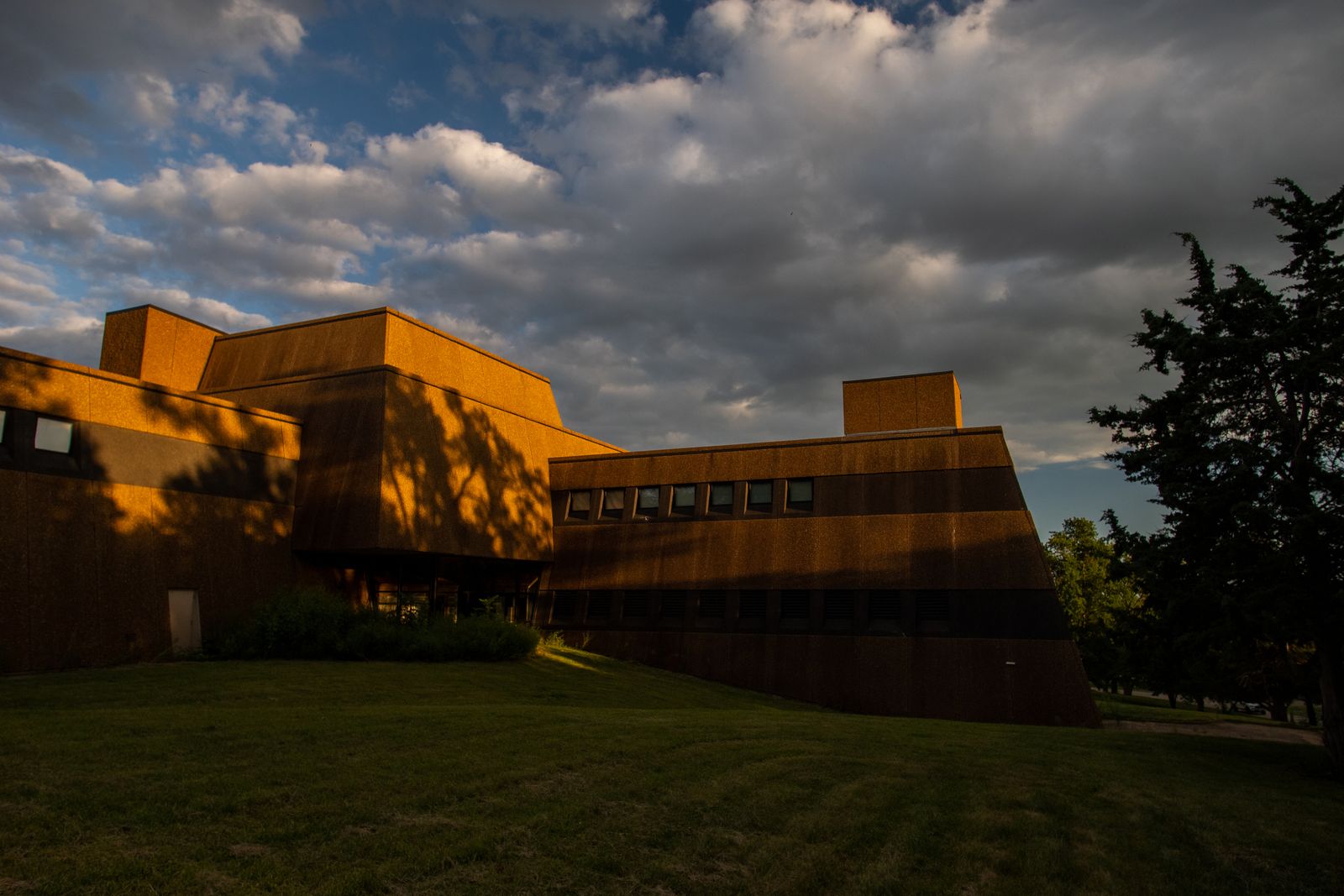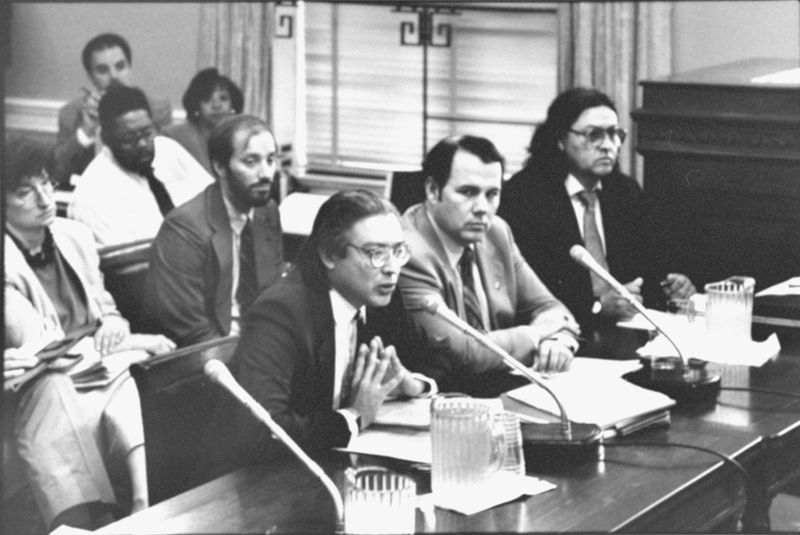Catawba Indian Nation
A federally recognized Indian tribe with headquarters in South Carolina
Institutions reported making the remains of more than 300 Native Americans available for return to the Catawba Indian Nation.
The tribe was also eligible to claim more than 114,200 associated funerary objects.
Institutions continue to hold the remains of at least 3,300 Native Americans taken from counties known to be of interest to the tribe.*
Where Native American remains made available for return to the Catawba Indian Nation were taken from
These 12 institutions made Native American remains available for return to the Catawba Indian Nation.
Timeline of Native American remains made available for return to the Catawba Indian Nation
These institutions have not made available for return the remains of at least 3,300 Native Americans that were taken from counties known to be of interest to the Catawba Indian Nation.
| Institution | Remains Not Made Available for Return That Were Taken From Counties of Interest to the Tribe |
|---|---|
| Univ. of Tennessee, Knoxville | 753 Frank H. McClung Museum (749) Dept. of Anthropology (4) |
| Univ. of North Carolina at Chapel Hill | 618 |
| North Carolina Office of State Archaeology | 259 |
| Carnegie Museum of Natural History | 242 |
| Virginia Dept. of Historic Resources | 228 |
| Dept. of Defense | 223 Marine Corps, Camp Lejeune (214) Pittsburgh District (7) National Museum of Health and Medicine (2) |
| Univ. of South Carolina, SCIAA | 204 |
| East Carolina Univ. | 152 |
| West Virginia Department of Arts, Culture and History | 146 |
| Wake Forest Univ., Archeology Labs | 98 |
| Charleston Museum | 64 |
| Dept. of the Interior | 63 Southeast Archeological Center (53) Cedar Island National Wildlife Refuge (5) Savannah National Wildlife Refuge (3) Pinckney Island National Wildlife Refuge (1) Santee National Wildlife Refuge (1) |
| Harvard Univ. | 51 |
| State Museum of Pennsylvania | 49 |
| South Carolina Dept. of Parks, Recreation, and Tourism | 44 |
| Univ. of Georgia | 42 |
| Pennsylvania Western Univ., California | 21 |
| Maryland Historical Trust | 12 |
| Univ. of Pennsylvania | 11 |
| Dept. of Energy | 6 |
| Dept. of Agriculture | 5 |
| Univ. of Akron | 5 |
| American Museum of Natural History | 3 |
| Univ. of Florida | 3 |
| Beloit College | 2 |
| Dartmouth College | 2 |
| Georgia Dept. of Natural Resources | 2 |
| Georgia Southern Univ. | 2 |
| Marshall Univ. | 2 |
| Seton Hall Univ. | 2 |
| Augusta Museum of History | 1 |
| Earlham College | 1 |
| Louisiana State Exhibit Museum | 1 |
| Yale Univ. | 1 |
Know how an institution is handling repatriation? Have a personal story to share? We'd like to hear from you.
Watch an informational webinar with our reporters.
This tool presents a dataset maintained by the National Park Service containing all the Native American human remains and associated funerary objects that institutions have reported to the federal government under the Native American Graves Protection and Repatriation Act. The dataset includes information about the state and county where remains and objects were taken from, which institutions hold them and whether they have been made available for return to tribes.
The data is self-reported by institutions. The amount of unrepatriated Native American remains reported by institutions is a minimum estimate of individuals and institutions frequently adjust these numbers when they reinventory groups of remains. Some institutions that are subject to NAGPRA have also entirely failed to report the remains in their possession. As a result, the numbers provided are best taken as estimates. The actual number and geographic scope of what’s held by publicly funded institutions is larger than what is presently documented.
ProPublica supplemented this dataset with information about cultural affiliation and disposition to specific tribes by systematically parsing the text of Notices of Inventory Completion published in the Federal Register. An additional dataset from the Department of Housing and Urban Development, the Tribal Directory Assessment Tool, was used for the section on remains not made available for return from counties that each tribe has indicated interest in to the federal government.
Institution location and tribal headquarters location information was provided by National NAGPRA. The location of some groups that are not federally recognized was provided through research by ProPublica.
Institutions that are part of a larger entity are grouped. (For example, the Mesa Verde National Park is part of the U.S. Department of the Interior.)
Institutions that have not submitted information to the federal government are not listed. The Smithsonian Institution is not listed because its repatriation process falls under the National Museum of the American Indian Act and it is not required to publicly report its holdings with the same detail as institutions subject to NAGPRA.
If you work for an institution and would like to provide comment on your institution’s repatriation efforts, please email [email protected]. If you think the data is incorrect or have a data request, please get in touch. We are aware of some issues with the accuracy of location information and tribes mistakenly being identified for disposition of Native American remains in published notices.
If you want to share something else with ProPublica, we’d like to hear from you.
If you have questions about implementing or complying with the Native American Graves Protection and Repatriation Act, get in touch with National NAGPRA or the NAGPRA Community of Practice.
We use the word “tribes” to refer to all groups that institutions made Native American remains available to under NAGPRA. This includes tribes, nations, bands, pueblos, communities, Native Alaskan villages, Native Hawaiian organizations and non-federally recognized groups.
Data sources from Department of the Interior, National Park Service, National NAGPRA Program, the Federal Register, Department of Housing and Development, Tribal Directory Assessment Tool


